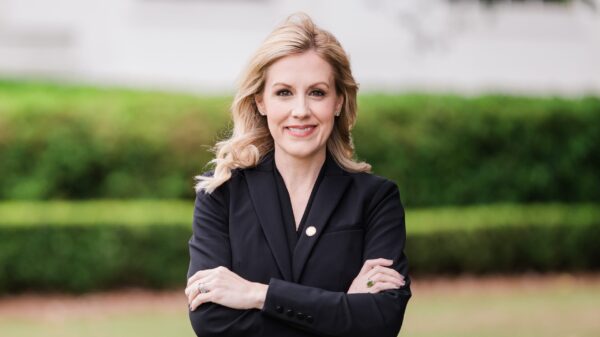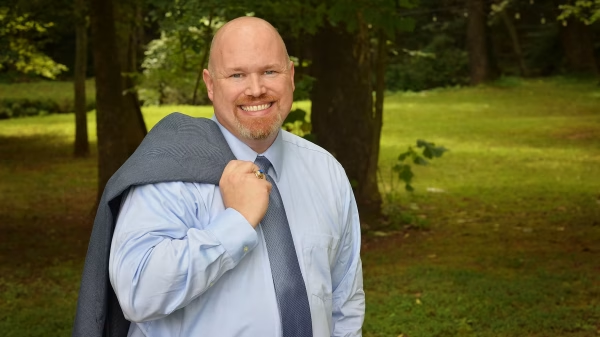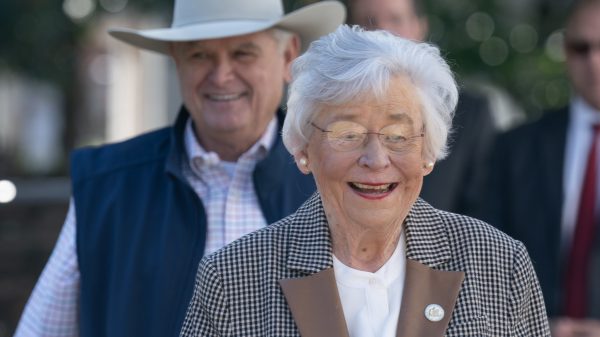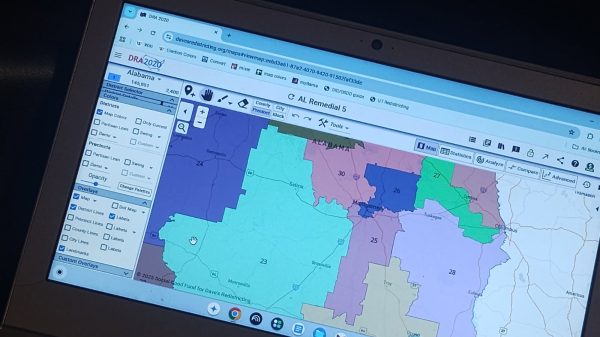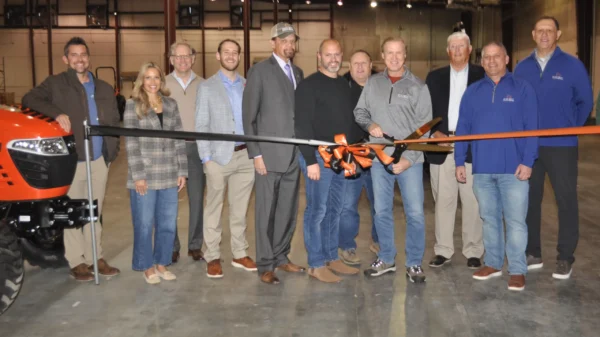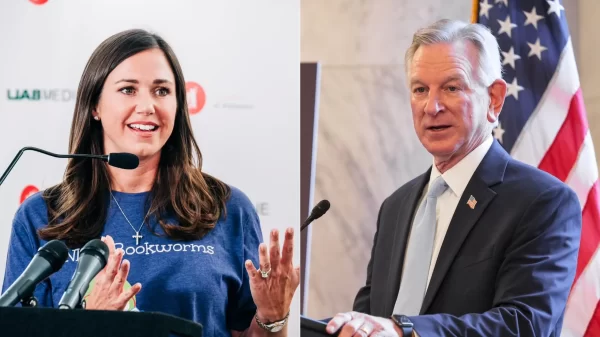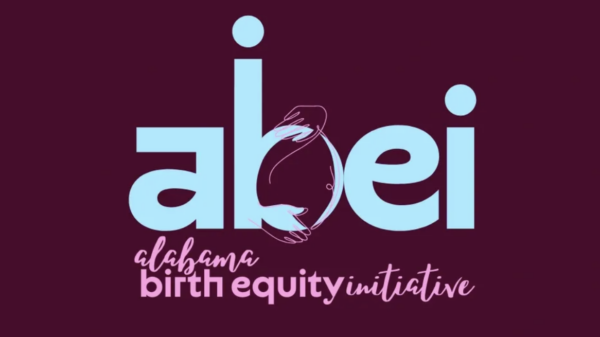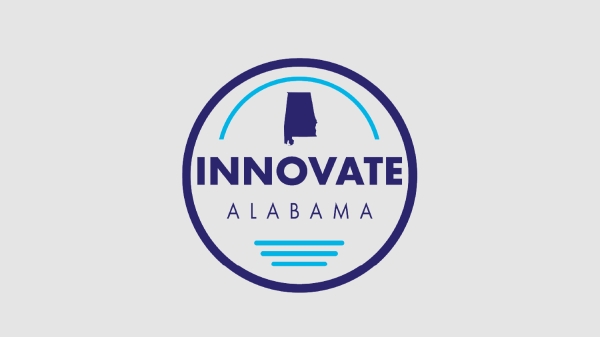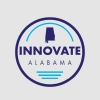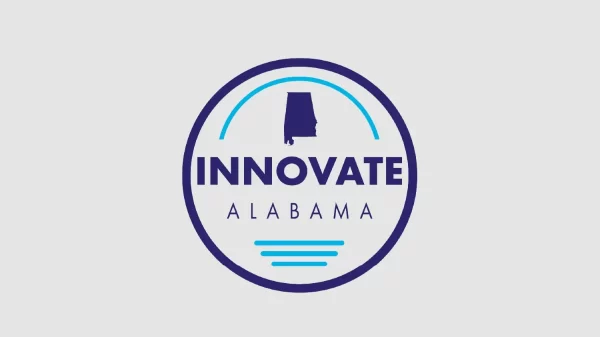When Innovate Alabama launched just three years ago, Alabama startups had limited access to venture capital, students were leaving the state for tech jobs elsewhere, and rural communities were largely disconnected from the innovation economy. Today, under the guidance of CEO Cynthia Crutchfield, the organization has deployed nearly $100 million into small businesses, helped more than 5,000 students connect to tech and entrepreneurship programs, and catalyzed a statewide network of innovation hubs reaching 38 counties.
“Our mission is to evolve Alabama’s economy,” Crutchfield told APR. “It’s about building the knowledge economy of the future—and we’re doing it one program, one partnership, one entrepreneur at a time.”
Redefining Economic Development
Launched in 2020 through Governor Kay Ivey’s Innovation Commission, Innovate Alabama is a public–private partnership with a clear focus: growing Alabama’s innovation economy by supporting startups, strengthening local talent pipelines and improving the state’s quality of life.
“Rather than traditional economic development, our real focus is on smaller startups—getting them beyond ideation and helping them stay rooted in Alabama,” Crutchfield said.
Expanding access to capital is a key focus of Innovate Alabama’s first strategic pillar, Access to Resources. Through InvestAL and LendAL—initiatives within the federally backed SSBCI program, Innovate Alabama is helping early-stage companies secure the funding they need to grow. The SSBCI initiative alone will bring in nearly $98 million in federal funding to Alabama to support small business development.
“The idea is to continue turning those funds over to build additional companies in Alabama,” Crutchfield explained. “We want these businesses not only to survive, but to scale—and stay here.”
One company already putting that capital to work is SmartWiz, an AI-driven startup launched through the Economic Development Partnership of Alabama’s Launchpad accelerator. With support from Innovate Alabama’s SSBCI funding, founder Tevin Harrell hired a PhD-level engineer, accelerated product development and began expanding into new industries. Though the company attracted out-of-state investor interest, Harrell chose to grow SmartWiz in Alabama.
“They’ve been approached by investors wanting them to relocate,” Crutchfield said, “but they’ve stayed. And now they’re working with the Department of Commerce to scale right here in Alabama.”
A Pipeline for Alabama-Born Talent
Crutchfield’s own story reflects a pattern Innovate Alabama is working to reverse.
“I grew up in Alabama,” she said. “But after graduating as a software engineer, I didn’t see a lot of opportunities, so I left. We’re trying to change that for this next generation.”
As part of its second strategic pillar focused on talent development, Innovate Alabama is connecting students to entrepreneurship and technology pathways across the state through programs like Fuel Alabama, QuantHub Alabama Data Scholars, the HBCU Innovation Experience and others.
“We’ve got students in high school and college who’ve already launched C-corps and are building AI tools,” Crutchfield said. “They don’t need to leave the state to thrive anymore.”
Rather than duplicating existing efforts, Crutchfield said the organization looks for what’s working and amplifies it.
“We don’t try to duplicate,” she said. “We find programs already making a difference and pour into them.”
One example is the Big Ideas initiative at the University of Alabama, which gives students the chance to develop companies during their time on campus. With support from Innovate Alabama, that program has expanded to rural communities like Florence and Marion County.
“These programs are exposing students to real opportunities in tech and entrepreneurship—and that creates a reason to stay in Alabama,” she said.
Why Quality of Life Is a Business Strategy
Innovate Alabama’s third strategic pillar—outdoor recreation and lifestyle—may seem unconventional, but Crutchfield said it’s a crucial part of the state’s long-term competitiveness.
“Tech founders care about lifestyle,” she said. “If we want them to choose Alabama, we need to show them the beauty of what we have—our parks, our rivers, our trails.”
The statewide campaign SEEK Alabama is raising awareness of Alabama’s outdoor offerings, not just for tourism but as a tool for talent retention and recruitment.
“We’re not doing outdoor rec just for fun,” Crutchfield said. “It’s a recruitment and retention tool—and it’s working.”
Bridging the Growth Gap
While early-stage entrepreneurship support is expanding across the state, Crutchfield said Alabama still faces a challenge in helping companies scale once they outgrow incubators and accelerators.
“Right now, there’s a missing middle,” she said. “Founders can accelerate and incubate—but what comes next? We’re working with Commerce and EDPA to close that gap so we don’t lose those companies to other states.”
The goal, she said, is a seamless handoff from early-stage support to long-term scaling resources, so companies have no reason to leave Alabama when it’s time to grow.
Looking Ahead
With continued investment in talent, capital and community, Crutchfield said Innovate Alabama is helping reimagine what economic growth looks like in a state often overlooked in national innovation conversations.
In addition to its startup and student initiatives, Innovate Alabama has awarded more than $30 million through its Innovate Alabama Network to fund 168 innovation projects across 38 counties, reinforcing its commitment to rural and underserved areas.
“I’ve had people tell me, ‘If Innovate Alabama had existed 20 years ago, we never would have left,’” she said. “That’s the goal—building an Alabama where no one feels they have to leave to chase their dreams.”


